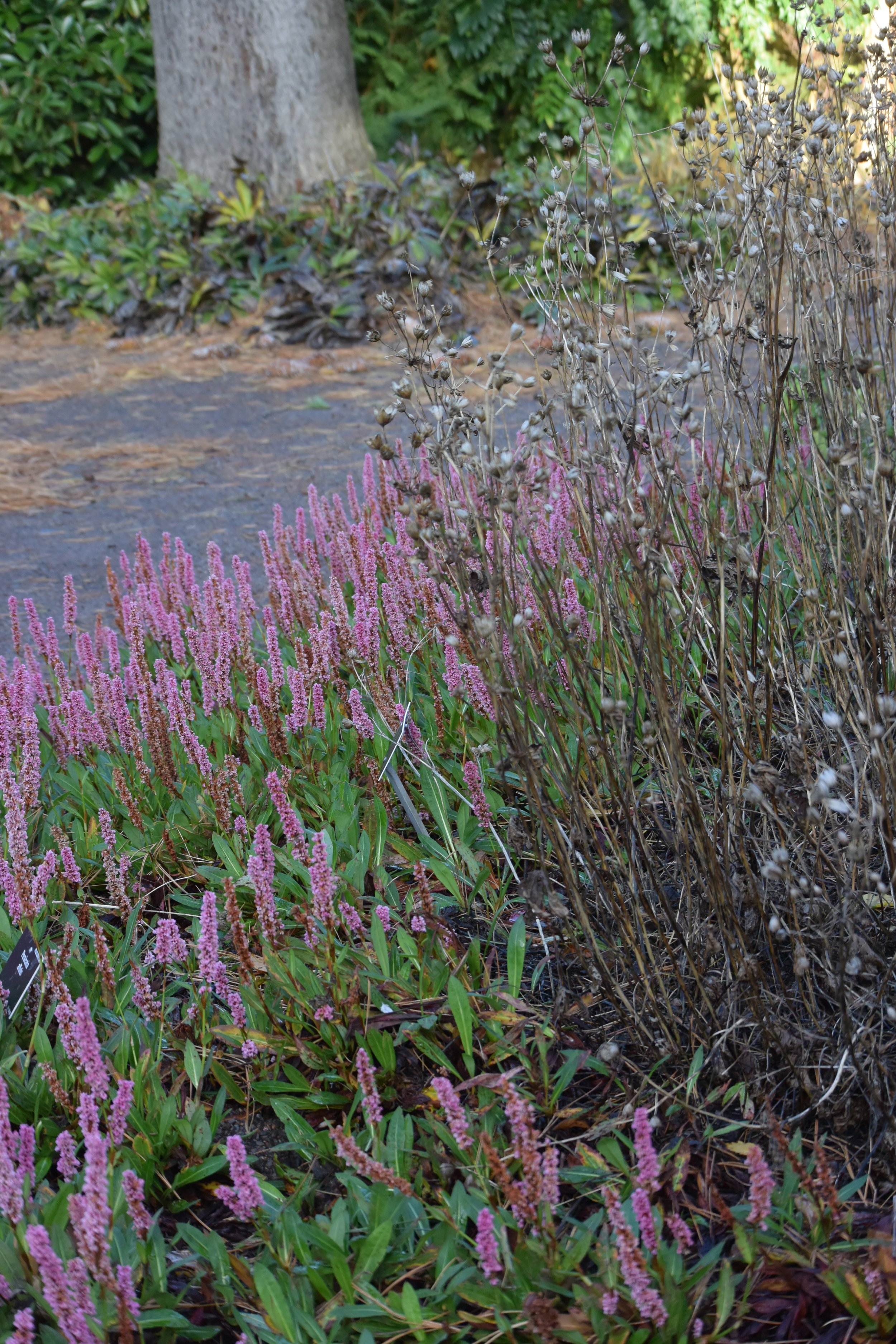how to do less in your garden during the autumn months
Gardens in late autumn might appear lifeless, with only the skeletal silhouettes of trees that have lost their foliage, slimy leaves filling each corner of your garden border, dried seed heads replacing pompous blooms of long-gone summer.
At first it might appear like a wasteland, still and uninspiring. However, it is only a matter of changing your perspective so that you can embrace this late autumn season in your garden with excitement.
It is time to reflect and plan for the seasons to come.
November is a great time to think about the basic framework of your garden design. As deciduous trees have now lost their foliage, they have exposed new spaces for you to assess.
During this ‘quiet’ time, you can think about adding more deciduous trees and shrubs into your garden. This will give these newly planted plants more time to develop roots over the dormant season.
It is also great time to plan and plant your productive garden with fruit trees, if, for example you dream of having a little orchard.
This is also a very good time to plant new rose bushes or move the old ones to new locations depending on your new vision for your garden.
If you have plants in your garden that are more prone to the late autumn cold, you might want to add some mulch or compost around their base, this will protect them during the coming months.
But, one of the main tasks that you should seriously consider when taking care for your late autumn garden is to stop tidying it up.
Don’t rush to cut the spent blooms, brittle stems of perennials and skeletal structures of your grasses.
The old structures of plants will look really pretty when covered in frost or snow.
They will also provide food and shelter for the wildlife.
Keeping the old plant’s structures in your garden will also enhance the overall garden design, making it more interesting, and not bare and flat.
This old, and still strongly engrained notion of keeping your garden ‘tidy’ for the autumn/winter months should be left where it belongs, in the past.
We want to nurture the soil and wildlife in our gardens and by leaving it to look a bit more ‘messy’ for the cold months of the year will hugely benefit the ‘microbiome’ of your garden soil, as well as the multitude of organisms and wildlife that inhabit your garden.
Simply leave the cutting back task until spring.
Another piece of important advice is to leave the fallen leaves on the soil or at the base of your hedges. The leaves, by decomposing, will nurture the soil and will add much needed fuel for the soil biota.
You might want to remove some of the fallen foliage from your perennial beds and lawns, to stop them from smothering the new growth.
Collected foliage can be added to your compost heap or it can be used to create a ‘leafmould’.
It might not be easy to restrain from all these autumn garden tasks, as we were taught in the past, that the garden should be ‘tidy for the winter’.
We need to change our perception on how the garden should look and feel during this autumn and winter period.
It is even more important than ever, with the experience of climatic changes and loss in biodiversity, that our gardens should become enclaves that nurture life using more holistic approach.
When you stop trying to make your garden look pristine during these late autumn months, you will have more time and space to reflect and observe what is really happening in your garden, and you will become a watchful and interested observer of nature in action.
Bathing in the law autumn light, you will gain more profound knowledge about what really works and is needed for your garden and all its inhabitants, including yourself.
If you have questions about our services, or you are looking for advice about what plants to plant to make your garden more interesting for late autumn months, feel free to contact us.


